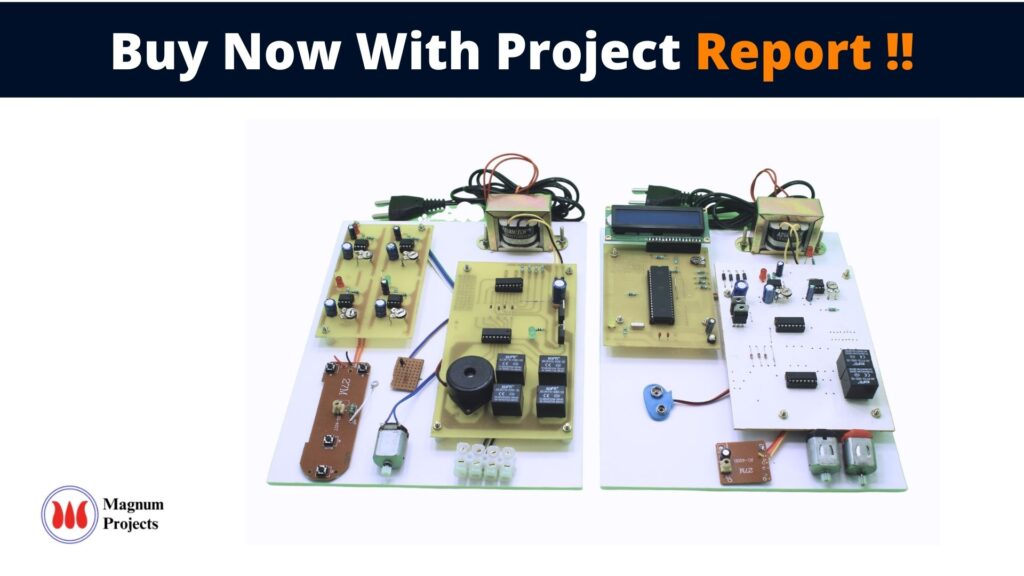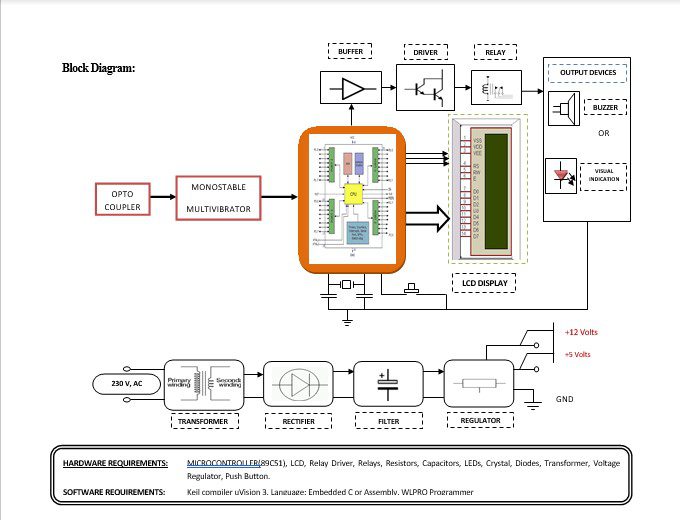Table of Contents
Introduction:


The coin-based mobile battery charger developed in this paper is providing a unique service to the rural public where grid power is not available for partial/full daytime and is a source of revenue for site providers. The coin-based mobile battery charger can be quickly and easily installed outside any business premises. The mobile phone market is a vast industry and has spread into rural areas as an essential means of communication. While the urban population uses more sophisticated mobiles with good power batteries lasting for several days, the rural populations buy pre-owned mobile phones that require charging frequently. Many times battery becomes flat in the middle of a conversation, particularly at inconvenient times when access to a standard. It does not bring a mobile from ‘dead’ to a fully charged state. The charging capacity of the mobile is designed with the help of pre-defined values. It is, of course, possible to continue charging the mobile by inserting more coins. This compact and lightweight product is designed to cater to the growing number of rural mobile users worldwide. A suitable microcontroller is programmed for all the controlling applications. The source for charging is obtained from the direct power grid and solar energy in case of non-availability of grid power.
With mobile phones becoming the major source of business/personal communication, the mobile phone business is currently worth billions of dollars and supports millions of phones. The need to provide a public charging service is essential. Many critics argued that a public mobile phone charging service is not a lucrative business because most users can charge their phones at home, in their offices, or in their cars.STAYTALKING Coin Operated Mobile Phone Chargers is a new business milestone because many are attending business conventions and forgetting their charger at home or in hotel rooms. Students and many that use public transportation that doesn’t know that the level of their battery is low are prospective customers for coin-operated mobile phone charger service. Recommended locations include Hotels, conference centers, exhibition halls, serviced offices, exchange halls, motels, leisure centers, health clubs, training centers, golf clubs, retail outlets, shopping malls, Internet cafes, universities, colleges, hall of residence, airports, train terminals, etc., so that the mobile phone user can reactivate a low or dead battery by simply plugging in and charging for as low as one dollar.


Block diagram explanation
Power supply unit
This section needs two voltages viz., +12 V & +5 V, as working voltages. Hence specially designed power supply is constructed to get regulated power supplies.
Optocoupler:
An optical coupler, also called optoisolator, optocoupler, optocoupler, photocoupler, or optical isolator, is a passive optical component that can combine or split transmission data (optical power) from optical fibers. It is an electronic device that is designed to transfer electrical signals by using light waves to provide coupling with electrical isolation between its input and output. The main purpose of an optocoupler is to prevent rapidly changing voltages or high voltages on one side of a circuit from distorting transmissions or damaging components on the other side of the circuit. An opto coupler contains a light source often near an LED which converts electrical input signal into light, a closed optical channel, and a photo sensor, which detects incoming light and either modulates electric current flowing from an external power supply or generates electric energy directly. The sensor can either be a photoresistor, a silicon-controlled rectifier, a photodiode, a phototransistor, or a triac.
Monostable Multivibrator:
A multivibrator is an electronic circuit used to implement a variety of simple two-state systems such as oscillators, timers, and flip-flops.Monostable, in which one of the states is stable, but the other state is unstable (transient). A trigger pulse causes the circuit to enter an unstable state. After entering the unstable state, the circuit will return to the stable state after a set time. Such a circuit is useful for creating a timing period of fixed duration in response to some external event. This circuit is also known as a one-shot.
Microcontroller:
The 89C51 Microcontroller is the heart of this project. It is the chip that processes the User Data and executes the same. The software inherited in this chip manipulates the data and sends the result for visual display.
The general definition of a microcontroller is asingle-chip computer, which refers to the fact that they contain all of the functional sections (cpu, ram, rom, i/o, ports, and timers) of a traditionally defined computer on a single integrated circuit. Some experts even describe them as special-purpose computers with several qualifying distinctions that separate them from other computers.
Features Of Microcontroller :
- 8K Bytes of In-System Reprogrammable Flash Memory
- Endurance: 1,000 Write/Erase Cycles
- Fully Static Operation: 0 Hz to 24 MHz
- Three-level Program Memory Lock
- 256 x 8-bit Internal RAM
- 32 Programmable I/O Lines
- Three 16-bit Timer/Counters
Buffers
Buffers do not affect the logical state of a digital signal (i.e. a logic 1 input results in a logic 1 output whereas logic 0 input results in a logic 0 output). Buffers are normally used to provide extra current drive at the output but can also be used to regularize the logic present at an interface.
Drivers
This section is used to drive the relay where the output is the complement of input which is applied to the drive but the current will be amplified.
Relays
It is an electromagnetic device that is used to drive the load connected across the relay and the o/p of the relay can be connected to the controller or load for further processing.
Alarm:
An alarm is a that is designed to wake a person at a specific time.
Indicator:
This stage provides a visual indication of which relay is actuated and deactivated, by glowing respective LED or Buzzer.
Methodology:
In this project, those who are all using mobile phones outside of the home are office without charging condition. The coin-based mobile phone charger is very useful to that person for using coins to charge that mobile. This whole module is developed to provide a charging facility for cell phones to the rural public where grid power is not available for partial/full daytime and a source of revenue for site providers. This module has an optocoupler, monostable multivibrator, microcontroller, and output. Firstly the person has to insert a coin. After the insertion of a coin, the optocoupler recognizes the received coin and activates the Microcontroller via a monostable multivibrator to start charging for 120 seconds, and the controller will generate a beep sound at the time of 100seconds to indicate again a person can insert a coin to proceed the charging for further 120 seconds or else the controller will stop charging after 120 seconds. Every operation will be displayed on the LCD.
Advantages:
- Simple and hand efficient and Low power consumption
- Less expensive and Reduced manpower.
- To reactivate a low or dead battery
- To retrieve vital text or voicemail
- No need to carry around a charger
- Stylish design and eye-catching signage
- Allows up to 10 users to recharge their mobile phones simultaneously.
- Unique service to customers.
Disadvantages:
- One-time investment cost.
Applications:
- The coin-based mobile phone charger is very useful to the public for using a coin to charge a mobile phone in any place




